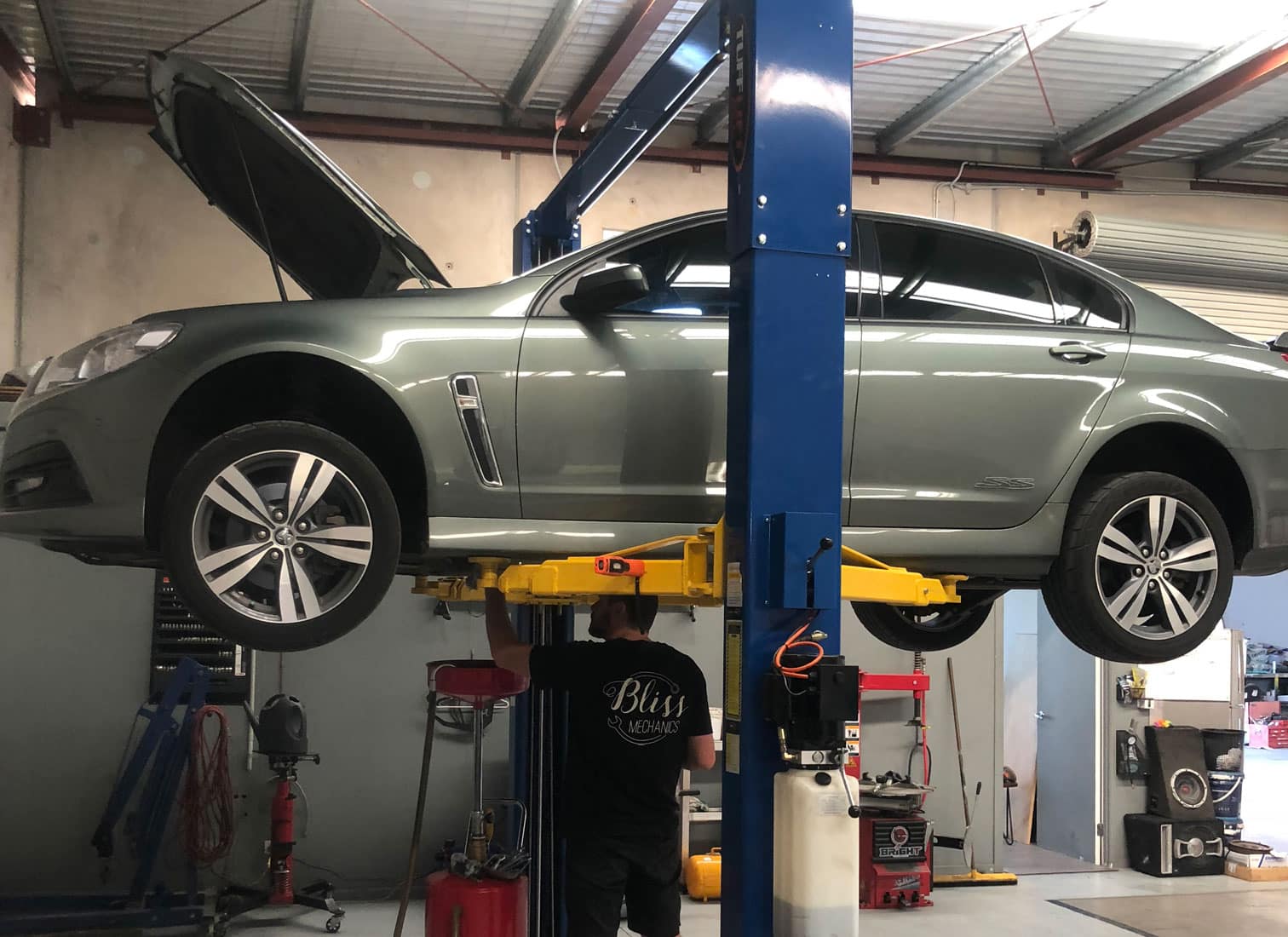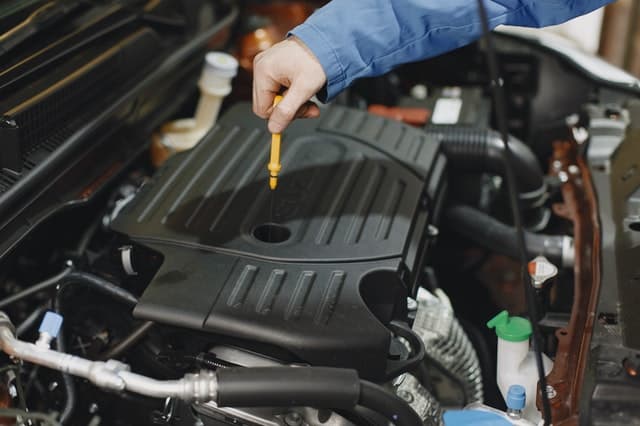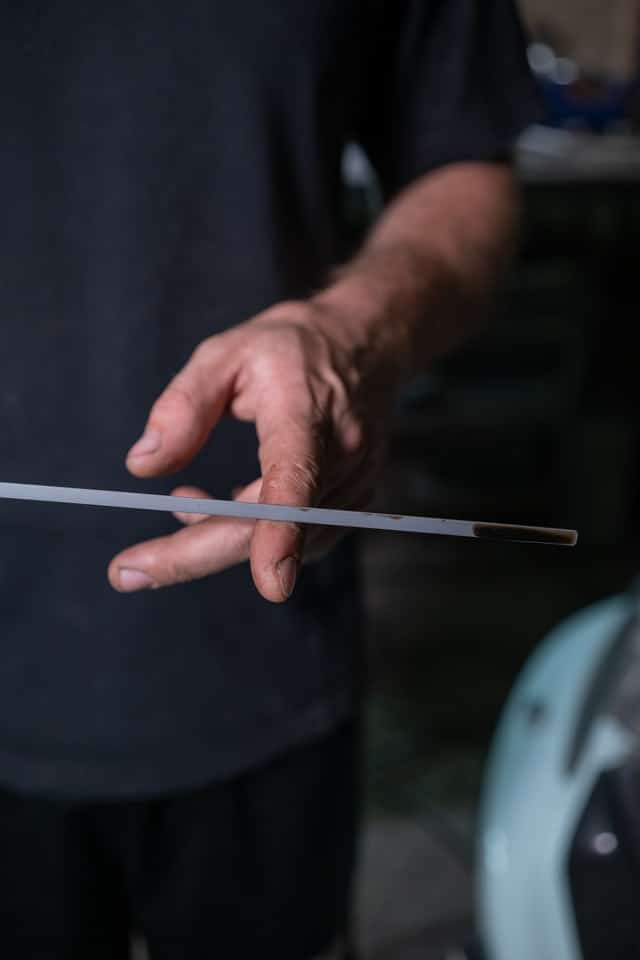
The Truth on How Often You Need to Change Your Oil
Everything you need to know about your car’s engine oil.
Engine oil is designed to be used and replaced. It’s not a part of your car that you put in and leave, it is a consumable that can run out. The levels in your car and quality reduce over time, and this makes checking and changing your oil extremely important, whether you're servicing a diesel or petrol vehicle.
In fact, checking your oil is one of the most important maintenance practices you can do yourself to prevent internal engine damage and maintain your car in-between visits to the mechanic.
Your car needs oil
Oil lubricates and protects the valves, pistons and other parts that operate at high speeds inside your engine. It helps keep them cool and running efficiently. Changing your oil regularly protects your engine and could save you a very big repair bill later. Your owner's manual will recommend kilometre milestones for car services where your oil should be changed at a minimum. Despite servicing, you should still be checking your oil regularly in case it needs to be changed earlier.

How often should you check your oil?
We recommend checking your engine oil every two weeks. Check both the colour and the consistency. It doesn’t take very long and is just a quick test with the dipstick and a rag. Oil is a critical component in your car so it’s wise to keep an eye on its levels.

How do you know if your oil needs to be changed?
Your car’s oil should be a rich, amber colour and within the levels indicated on the dipstick. If the colour has changed significantly, it is time to consider an oil change. Fixing the problem now could potentially save you thousands later on.
How do I check my car oil?
Checking your car oil is a quick and easy thing to do.
- Park your car somewhere level. If the car is on an angle, you will get an inaccurate reading.
- Wait 20-30minutes after driving to check the levels so that all the oil has drained into the pan.
- Locate the oil dipstick. Often it has a yellow or orange handle and usually has an oil can symbol on it.
- Clean the dipstick. Don’t read the dipstick based on the first time you pull it out. Use an old rag or cloth to wipe it, insert it back in and read it the second time you pull it out to ensure a clear and accurate reading.
- The dipstick will have markers on it for you to read whether it is in the right range.

What can cause the need for an early oil change?
Normal regular car servicing is often enough for most vehicles’ engine oil changing needs. There are some things, however, that can cause you to need one earlier. Factors that influence your oil consumption and quality include:
• The amount of driving you do
• Driving in dusty conditions
• Lots of driving on gravel, unsealed, dusty roads
• Driving regularly in heavy, stop-start traffic
• Lots of steep uphill and downhill driving
Your car will also likely use more oil if your engine is older or if you use lower quality oil. Worn seals, gaskets and piston rings can also cause your car to consume more oil.

What if you don't drive your car that often? How often would you then change your oil?
It can be easy to think that if you don't drive your car a lot then you shouldn’t need to change the oil as often, but that is not the case. Oil has a lifespan. To keep your engine running optimally, all cars need their oil levels checked and replaced regularly, regardless of their mileage.

Can I change the oil myself?
A good mechanic will always be happy to check and change your oil for you, and this is done as a standard part of your car’s scheduled servicing. If you enjoy getting your hands dirty, however, you can do this yourself.
While it’s not an overly complicated procedure, it can be quite messy – especially if you don’t have the right tools and equipment. Furthermore, given that the oil is such a critical part of your car’s ability to function, you must be confident and know what you are doing. If not, you could do more damage than good.

How do I change my engine oil?
To save yourself time and mess, we highly recommend seeing a mechanic. This is a simple and generally quick procedure with our professional car lift equipment and garage setup. Without it, you could end up with a huge clean up afterwards.
If you still want to give it a go, it’s worth having a mechanic or a car-savvy friend who knows what they are doing help you with the first one. It’s not something you want to get wrong. A simple mistake like not putting the plug back in properly can mean leaking oil and running without it will damage to your car.
Want help?
Knowing how to check your oil is an important life skill, however, changing your oil yourself is not everyone’s cup of tea. As you can see, it can be quite an involved process. Mechanics do oil changes regularly, and if you are concerned that yours needs attention, give us a call or come in and see us at our Coolum workshop. Our team of friendly expert mechanics will help take care of your car and keep it running well.